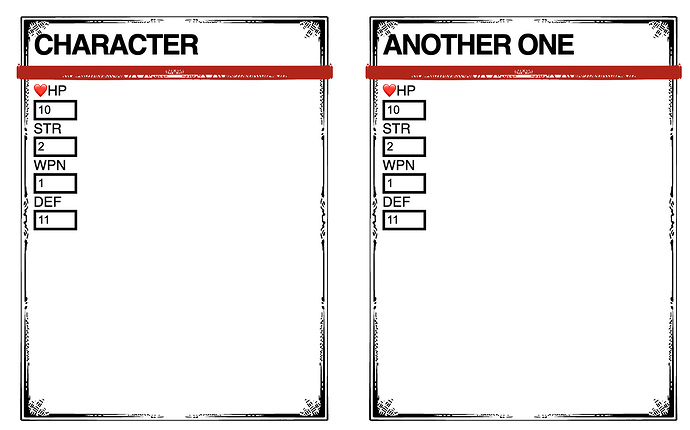Howdy, my game has been delayed a week so I’m ploughing the pent up energy into resources. One of the things I haven’t been able to get really comfortable with is designing encounter difficulty. As a result I’ve lent into getting players to roll to determine the number of npcs that spawn or by dialing up and down the difficulty based on how the encounter (ultimately this is likely a good way to be a good GM). But I’m still left feeling I should have a better sense of what the party can and can’t take down mainly so I know how many miniatures to prepare 
So, over investing in an over-engineered solution I’ve tried to code a script to simulate the dice rolls and show who could win if the same encounter was played 1000 times.
Here’s a video on YouTube of what it currently looks like:
What I’ve love to hear would be what kind of inputs would would be useful to have (I’m sure the answer will show things I’m not thinking about as a DM), I’ve currently set Target as 12, but what other numbers would be good to input here? Do all the loot bonuses need including or does the random results from d20s and d4/6/8 damage give enough of an indication.
I’d also love to know if this would be useful to you if I made a web interface… what do you think?








 s, To-Hit modifier, and the quantity of combat-useful traits, features, or milestones.
s, To-Hit modifier, and the quantity of combat-useful traits, features, or milestones.